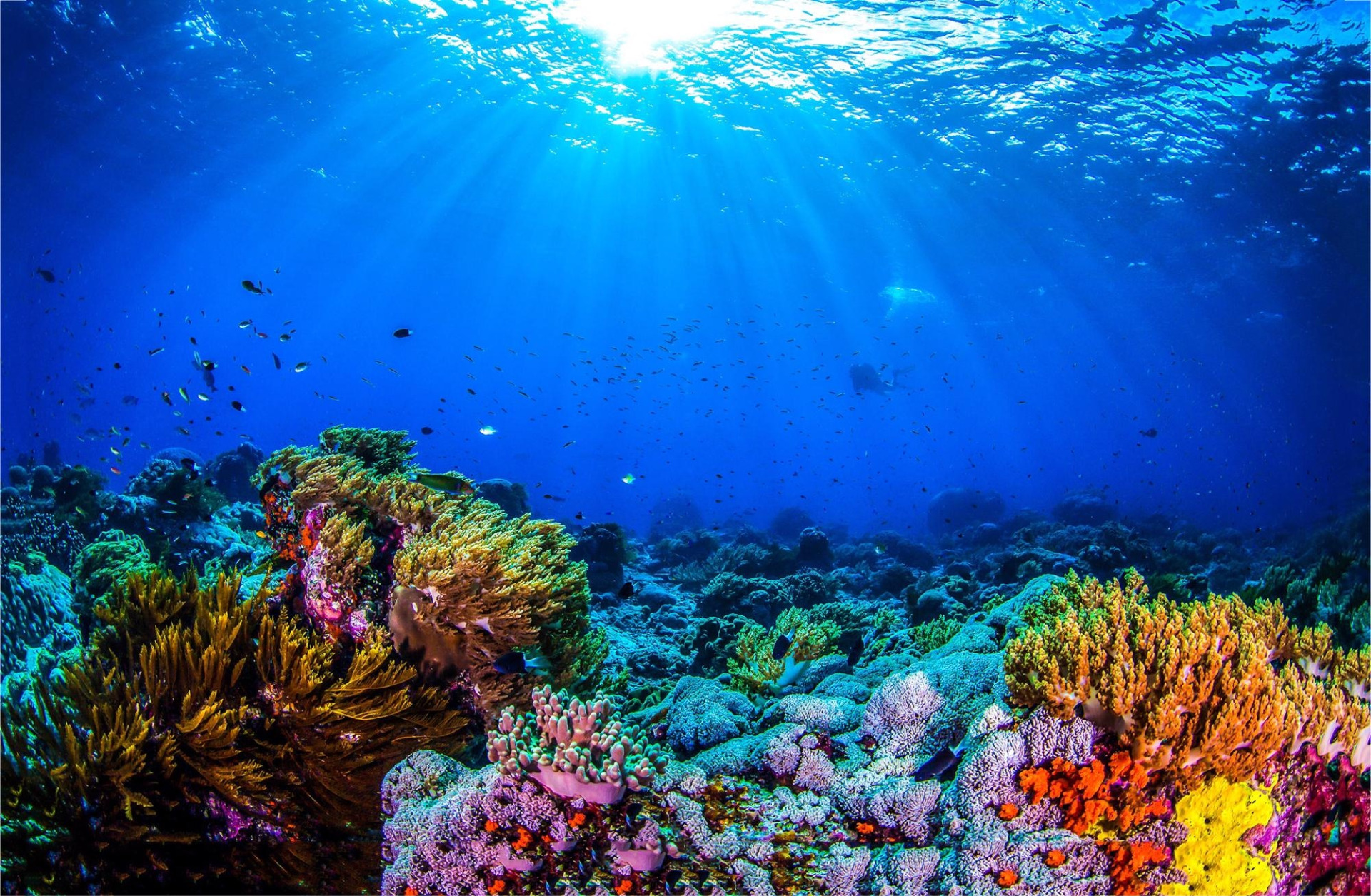DEEP SEA

BATHYPELAGIC
The bathyal zone or bathypelagic - from Greek βαθύς (bathýs), deep - (also known as midnight zone) is the part of the pelagic zone that extends from a depth of 1,000 to 4,000 m (3,300 to 13,100 ft) below the ocean surface. It lies between the mesopelagic above, and the abyssopelagic below. The average temperature hovers at about 4 °C (39 °F). Although larger by volume than the photic zone, the bathyal zone is less densely populated. Sunlight does not reach this zone, meaning primary production, if any, is almost nonexistent. There are no known plants because of the lack of sunlight necessary for photosynthesis. It is known as the midnight (also twilight or dark) zone because of this feature.
ABYSSAL ZONE
The abyssal zone is delimited at depths of 3,000 to 6,000 metres. (this zone remains in perpetual darkness.
It alone makes up over 83% of the ocean and covers 60% of the Earth.
The abyssal zone has temperatures around 2 to 3 °C through
the large majority of its mass.
Due to there being no light, there are no plants producing oxygen, and the water along the seafloor of this zone is actually devoid of
oxygen, resulting in a death trap for organisms unable to quickly
return to he oxygen-enriched water above.
To survive in a region with so few resources and low temperatures, many fish and other organisms developed a much slower metabolism and require much less oxygen than those in upper zones. Many animals also move very slowly to conserve energy. Their reproduction rates are also very slow, to decrease competition and conserve energy. Animals here typically have flexible stomachs and mouths so that when scarce food items are found they can consume as much as possible.

